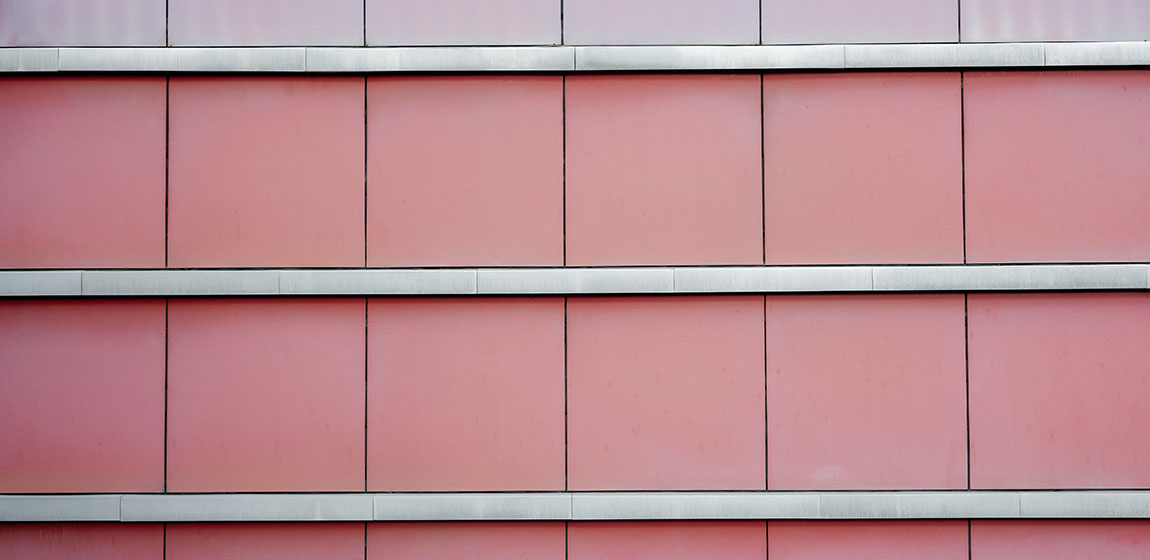How Metal Cladding Is Transforming The Architecture Industry | CLEARVIEW CLADDING CONCEPTS

- By : adrianmarku
- 0 Comments
Metal cladding is a technique used to protect the outer walls of a building. It’s a way to keep the outside of your home or office good while also making it safer, more sustainable, and more energy-efficient. Metal cladding is often used on high-rise buildings, but we’re seeing it pop up on smaller homes and businesses all over the world as well.
Once reserved for fancy restaurants and hotels, metal cladding can now be found on everything from single-family homes to skyscrapers. Its popularity has grown so much that architects are using different types of metals for new residential and commercial construction applications—lovingly referred to as “new copper” or “modern brass”—to create stunning exteriors that seamlessly blend with their surroundings.
In this article, we’ll explain what strictly metal cladding is used for; answer some common questions about how it works; discuss why people choose to use it; explore different types of metal that can be used as cladding material, and even more.
Why Metal?
Metal claddings are not only durable and long-lasting but also environmentally friendly. Metal is recyclable, which means it can be reused after its initial purpose has been fulfilled. For example, a metal roof that needs to be replaced can be recycled for other purposes, such as providing building material for another structure or even becoming part of an entirely new building.
Metal is also a great conductor of heat and electricity, which means it’s able to transfer energy from one place to another efficiently without losing any in the process. This makes metal ideal for both inside and outside buildings because this quality helps keep them cool during hot days while keeping buildings warm during cold days.
Fire Safety
Metal cladding is fire resistant, meaning that it does not burn as quickly or completely. This makes the material ideal for use in restaurants and other high-risk areas, where potential fire hazards could result in significant damage or loss of life.
Metal cladding is also resistant to many chemicals, meaning that it can be used both indoors and outdoors without being damaged by exposure to acid rain. This property makes metal cladding especially well-suited for use on roofs—where acid rain may fall—and on walls next to swimming pools, which tend to hold higher levels of chlorine than other bodies of water.
Colorful Exteriors
If you’re looking to add color to your exterior, metal cladding is a great way to do it. Metal can be painted or coated with a variety of colors and designs that match your home’s color scheme and theme. With the right facts and figures, you can use metal cladding as a way to create a unique look for your home—no matter what type of design style you have in mind.
Sustainability
There are a variety of reasons why metal cladding is an excellent choice for the environment. To start with, it’s made from recycled materials and does not require any harmful chemicals to produce. Metal cladding also requires less energy to install than other types of exterior siding, which translates into reduced carbon emissions during production and installation processes. The result is an environmentally friendly product at every stage in its lifecycle!
Metal cladding is transforming the architecture industry
Metal cladding is a great way to transform the look of your home or business. It’s an affordable option for both new builds and renovations, and it comes with a variety of benefits. With metal cladding, you can add value to your property while also enhancing its aesthetic appeal. If you’re interested in learning more about this trend and how it could benefit your next project, contact us today!
